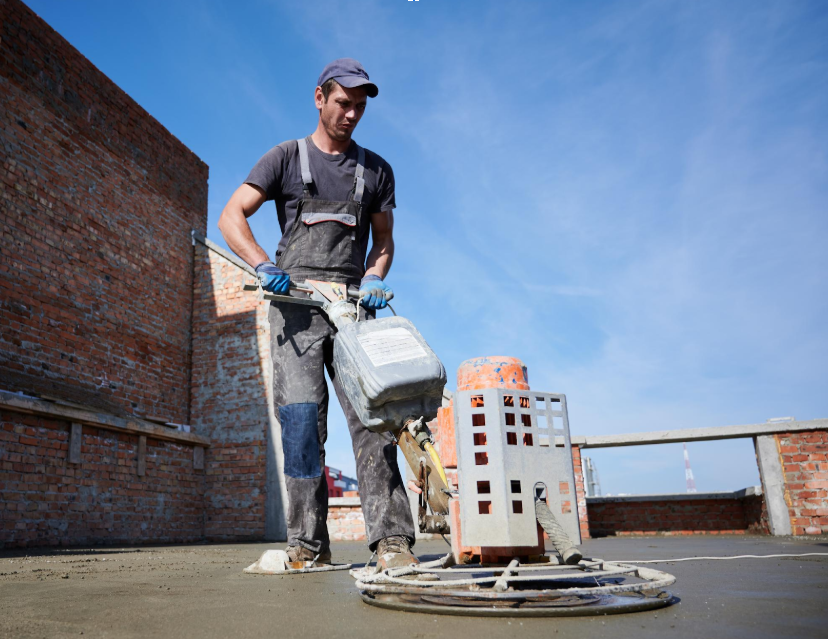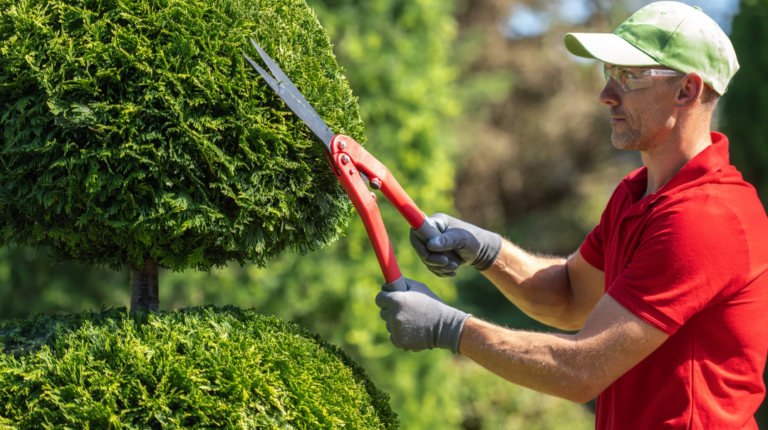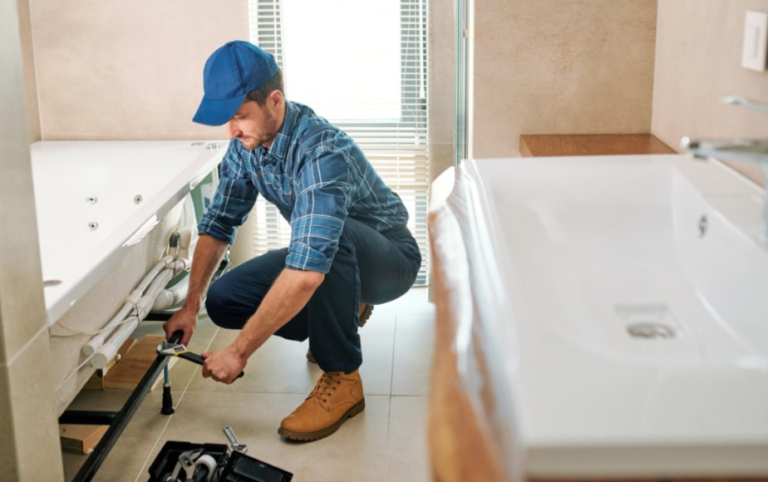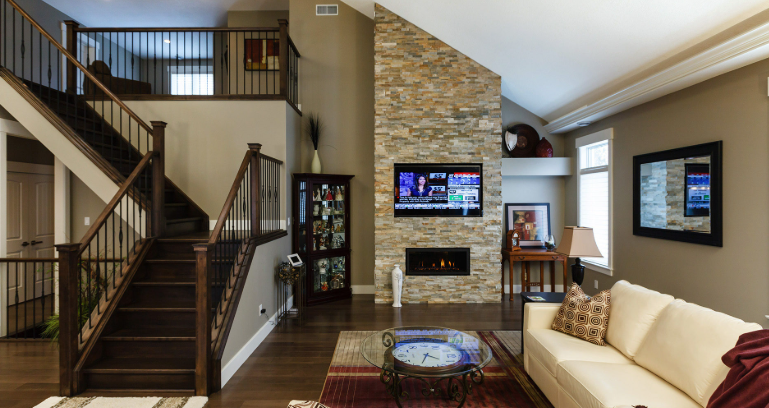Commercial Concrete Polishing: Transforming Floors with Durability and Style
Concrete has long been the backbone of commercial and industrial buildings, prized for its strength and affordability. Yet, in recent years, concrete has evolved from being merely a structural necessity to a high-end flooring solution. Through commercial concrete polishing, businesses are discovering a way to transform dull, gray slabs into sleek, durable, and visually appealing floors that rival marble or granite in both beauty and performance.
This article explores the process of commercial concrete polishing, its benefits, applications, and why it has become one of the most popular flooring solutions in modern commercial design.
What Is Commercial Concrete Polishing?
Commercial concrete polishing is a multi-step mechanical process that involves grinding, honing, and polishing concrete surfaces using specialized machines and diamond abrasives. The result is a smooth, glossy finish that enhances the natural beauty of concrete while also improving its strength and functionality.
Unlike surface coatings that can peel or wear away, polished concrete alters the very surface of the slab, making it both aesthetically pleasing and highly resistant to damage.
The Rise of Polished Concrete in Commercial Spaces
Over the last two decades, polished concrete has surged in popularity across industries. Retail giants, corporate offices, warehouses, and even luxury hotels are choosing polished concrete for its:
- Low maintenance compared to traditional flooring.
- Longevity, often lasting decades with proper care.
- Aesthetic flexibility, allowing for various levels of sheen and design options.
- Sustainability, as it often utilizes existing concrete slabs.
In many cases, polished concrete offers a more cost-effective alternative to traditional flooring such as tile, vinyl, or carpet while delivering superior performance.
The Process of Commercial Concrete Polishing
Commercial concrete polishing is both an art and a science, requiring skilled technicians and precision equipment. The general process includes the following steps:
1. Surface Preparation
- The concrete slab is cleaned thoroughly to remove dirt, grease, or coatings.
- Cracks, holes, and imperfections are repaired to create a uniform surface.
2. Grinding
- Industrial grinders fitted with diamond-impregnated segments grind down the surface.
- Depending on the desired outcome, grinding may remove minor imperfections or achieve complete exposure of the aggregate (the stones within the concrete).
3. Honing
- Finer diamond abrasives are used to refine the surface after the initial grinding.
- At this stage, the floor begins to develop a smoother, more uniform appearance.
4. Densifying
- A chemical densifier is applied to harden the surface.
- The densifier reacts with the calcium hydroxide in the concrete, filling pores and making the slab denser and more resistant to abrasion.
5. Polishing
- Successively finer diamond polishing pads are used, ranging from 400 grit to as high as 3,000 grit.
- The level of polish determines whether the finish will be matte, semi-gloss, or high-gloss.
6. Sealing and Finishing
- A penetrating sealer may be applied to enhance stain resistance.
- The floor is then buffed to achieve the final shine.
See also: DIY Home Improvement: Essential Tools Every Homeowner Should Have
Benefits of Commercial Concrete Polishing
Commercial concrete polishing offers numerous advantages that make it a preferred flooring solution for businesses.
Durability and Longevity
Polished concrete floors are exceptionally tough, able to withstand heavy foot traffic, machinery, and equipment without significant wear. Unlike tile or carpet, polished concrete doesn’t require replacement every few years, making it a long-term investment.
Low Maintenance
- No waxing or stripping is required.
- Regular maintenance typically involves dust mopping and occasional wet mopping with a neutral cleaner.
- The densified surface resists staining and makes cleaning easier.
Aesthetic Appeal
Polished concrete can be customized with:
- Different levels of sheen, from satin to mirror-like gloss.
- Decorative aggregates exposed during grinding.
- Stains and dyes in various colors for unique designs.
Cost-Effectiveness
Although the upfront cost may be comparable to or slightly higher than some traditional flooring, polished concrete saves money over time by reducing maintenance and replacement costs.
Sustainability
Polished concrete is eco-friendly for several reasons:
- It uses existing slabs, minimizing the need for additional materials.
- It improves reflectivity, reducing the need for artificial lighting.
- Many products used in the process are low in volatile organic compounds (VOCs).
Applications of Commercial Concrete Polishing
Polished concrete is versatile, making it suitable for a wide range of commercial environments.
Retail Stores
Large retailers such as supermarkets and department stores favor polished concrete for its sleek look, ease of cleaning, and ability to handle heavy shopping traffic.
Warehouses and Distribution Centers
Durability is critical in warehouses, and polished concrete delivers exceptional performance under forklifts, pallet jacks, and heavy machinery.
Office Buildings
Modern offices use polished concrete to achieve a contemporary, professional look that can be customized with stains and patterns.
Restaurants and Hotels
Hospitality spaces benefit from the stylish appearance and easy maintenance of polished concrete, which can withstand spills and stains when properly sealed.
Educational Institutions
Schools and universities opt for polished concrete because it’s low-maintenance, cost-efficient, and long-lasting.
Design Options in Polished Concrete
One of the reasons commercial concrete polishing is so popular is its design versatility. Businesses can choose from several options to create a unique look:
- Gloss Levels: Matte, satin, semi-gloss, or high-gloss finishes.
- Aggregate Exposure: Minimal exposure for a smooth look, or heavy exposure for a terrazzo-like appearance.
- Coloring: Acid stains, dyes, or integral colors can be applied to match branding or design schemes.
- Patterns and Logos: Saw cuts and stencils allow businesses to embed logos or geometric designs directly into the floor.
This customization makes polished concrete not just functional but also a design feature.
Challenges of Commercial Concrete Polishing
While polished concrete is an excellent flooring option, it does have challenges.
- Initial Cost: The upfront cost can be higher than vinyl or carpet, though it pays off long-term.
- Cold and Hard Surface: Some occupants may find polished concrete less comfortable underfoot compared to softer flooring.
- Moisture Sensitivity: If not properly sealed, moisture vapor transmission can affect the performance of polished concrete.
- Skilled Labor Requirement: Quality depends heavily on the expertise of the contractor, as improper polishing can lead to uneven results.
Maintenance Tips for Polished Concrete Floors
To maximize the lifespan of polished concrete, businesses should follow a simple maintenance plan:
- Use dust mops daily to remove dirt and grit.
- Wet mop weekly with neutral-pH cleaners.
- Avoid harsh chemicals that could damage the sealer.
- Use walk-off mats at entrances to minimize debris.
- Reapply sealers or perform a light re-polish every few years, depending on traffic levels.
The Future of Commercial Concrete Polishing
As technology advances, commercial concrete polishing continues to evolve. Some trends shaping the future include:
- Sustainable Polishing Products: Eco-friendly densifiers and sealers with lower VOC emissions.
- Hybrid Flooring Systems: Combining polished concrete with other materials for enhanced design.
- Smart Flooring: Integration of sensors into polished concrete for smart buildings.
- Improved Machinery: More efficient grinders and polishers reducing project time and costs.
With these innovations, polished concrete is likely to remain one of the leading flooring choices for commercial spaces.
Conclusion
Commercial concrete polishing has redefined how businesses approach flooring. Combining durability, low maintenance, and design flexibility, polished concrete offers a solution that meets both functional and aesthetic demands. From bustling warehouses to upscale hotels, this flooring system provides long-lasting value while enhancing the visual appeal of commercial spaces.
By investing in polished concrete, businesses gain not just a floor but a foundation for success—one that is strong, sustainable, and stylish.






